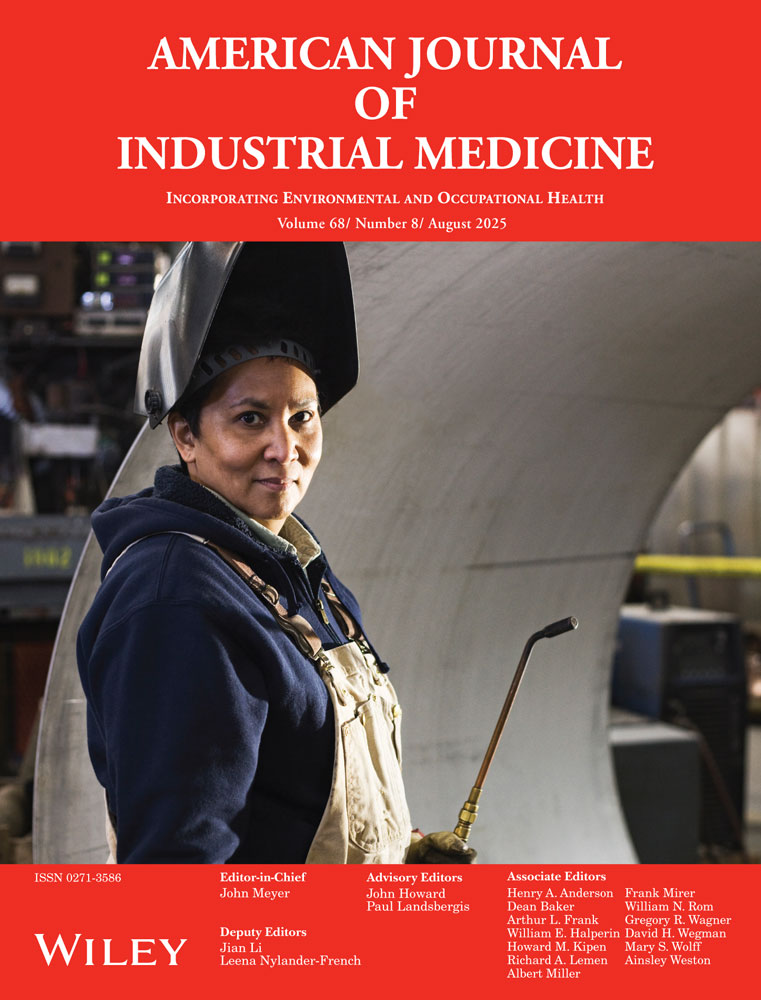Subclinical neurotoxicity of mercury vapor revealed by a multimodality evoked potential study of chloralkali workers
Abstract
Pattern visual, brainstem auditory, and somatosensory evoked potential (EP) studies were performed on 26 chloralkali workers. The intensity of mercury vapor exposure in these workers was estimated from the individual working history. Mercury levels in blood, urine, and hair were determined with atomic absorption spectrometry. The EP findings were compared with those from individually matched normal subjects. In brainstem auditory and somatosensory EP studies, prolonged neural conduction times in the central nervous system (CNS) were found in workers exposed to mercury vapor. In the pattern visual EP study, mercury workers had higher interpeak amplitudes. Findings of this study suggested that chronic exposure to mercury vapor would affect the CNS functions. A multimodality EP study is a useful adjunct in evaluation of chronic mercury neurotoxicity, especially in an epidemiological study.




